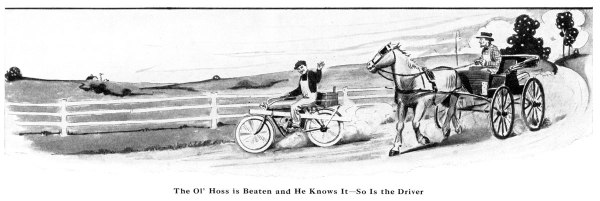The first campaign chest I built I used sledge feet – simple square blocks that raised the lower case off the ground.
Soon after, I received a pleasant note stating that I had made an amateur mistake. Campaign chests with sledge feet were merely missing their turned feet.
I felt like a fool at first. It was like sculpting a female torso and leaving off the naughty bits. After recovering from my shame, I started looking around at original source material.
First I checked my copies of the Army & Navy Co-Operative Society catalogs. Sure enough, all the chests shown in my copies had turned feet that screwed into blocks in the bottom of the lower chest unit.
But something else nagged at me.
As you know, we love old paintings and drawings here at Lost Art Press. Thanks to Jeff Burks, Suzanne Ellison and our own efforts, we have amassed many hundreds of images relating to woodworking from Roman times to the present. These are important, if sometimes flawed, documents that are as important as written, if sometimes flawed, accounts.

So I began scanning my library of paintings and drawings relating to campaign furniture. Sure enough, I immediately found several that showed campaign chests in use on their sledge feet – no turned feet.
There are several explanations: The turned feet were still in the lower drawer or had been destroyed by bugs or water. Or perhaps the owner of the chest was lazy or didn’t care for the feet. Or perhaps that chest was made without the turned feet.
No matter what the explanation, don’t feel like you are wrong if you don’t include them on your chest. Personally, I really like the feet, but some people are turned off by turning.
“Campaign Furniture” is now available in our store (with free domestic shipping until April 5) and from Lee Valley Tools.
— Christopher Schwarz










